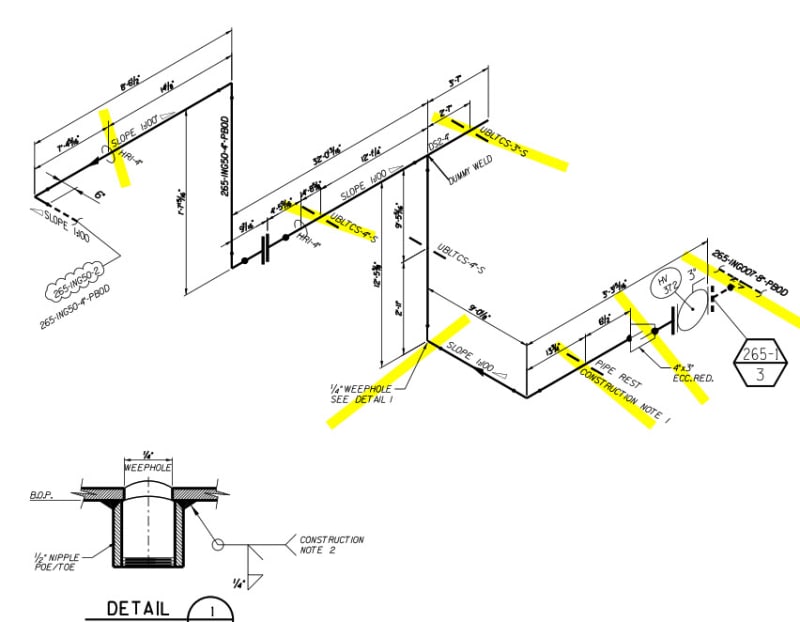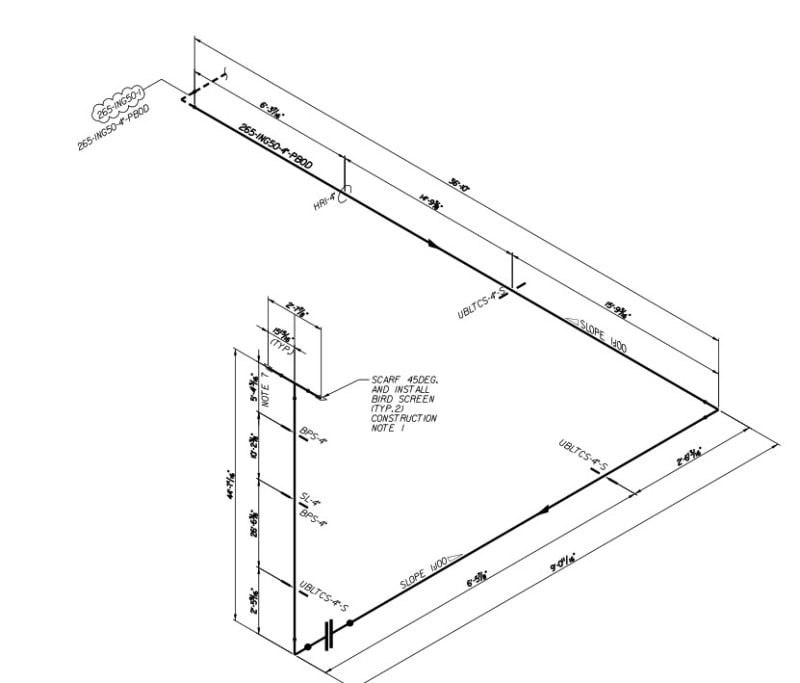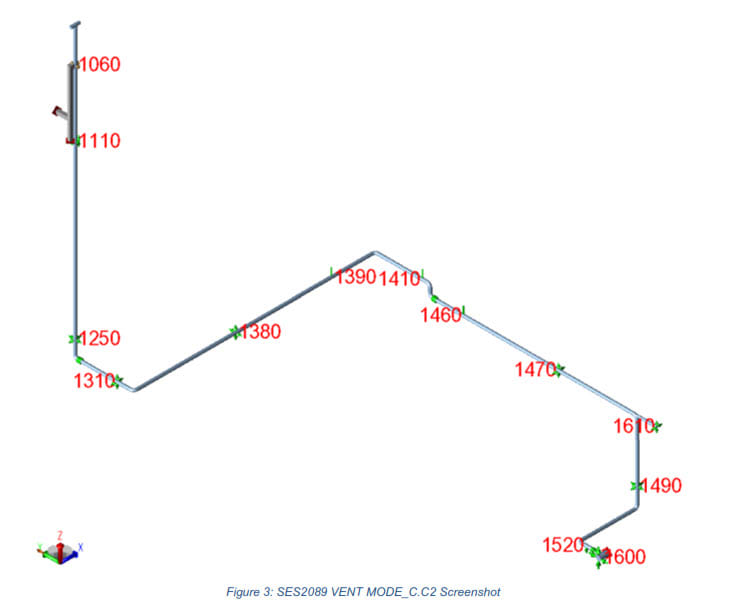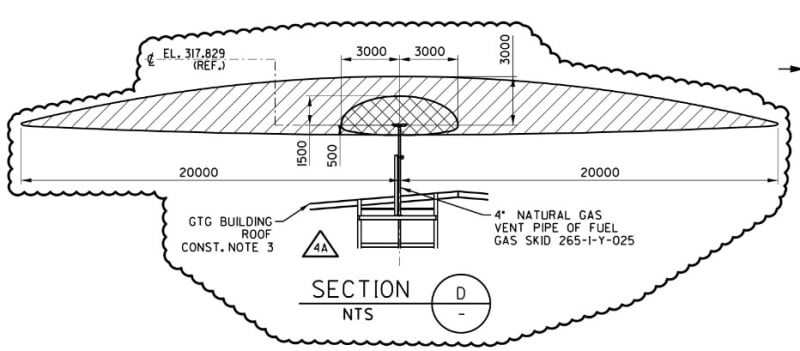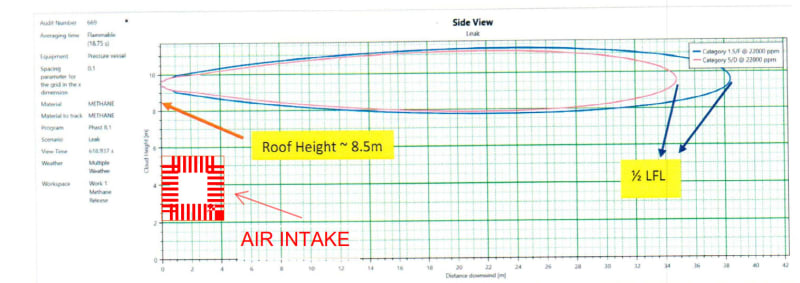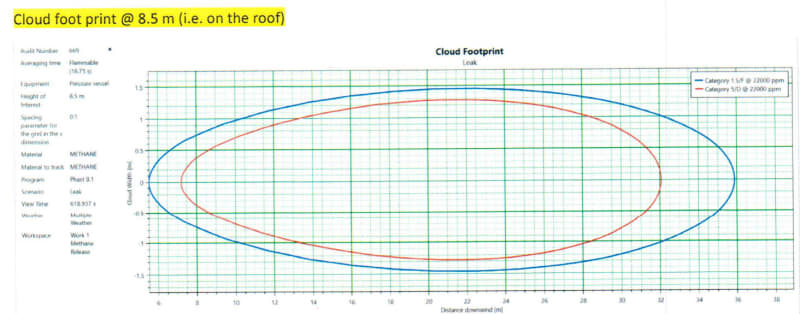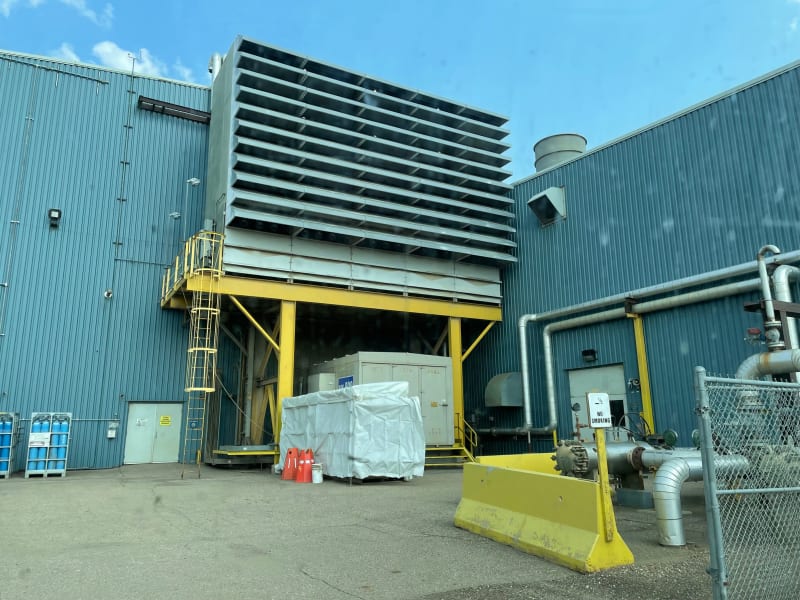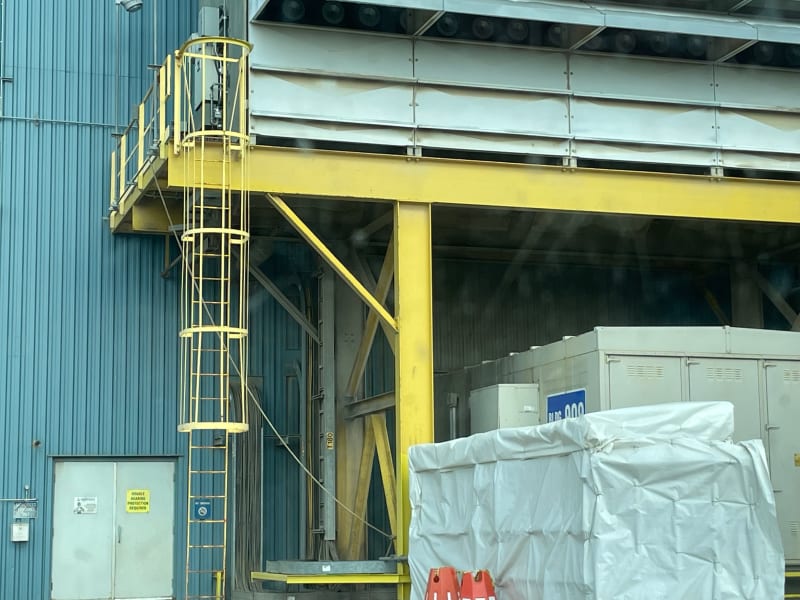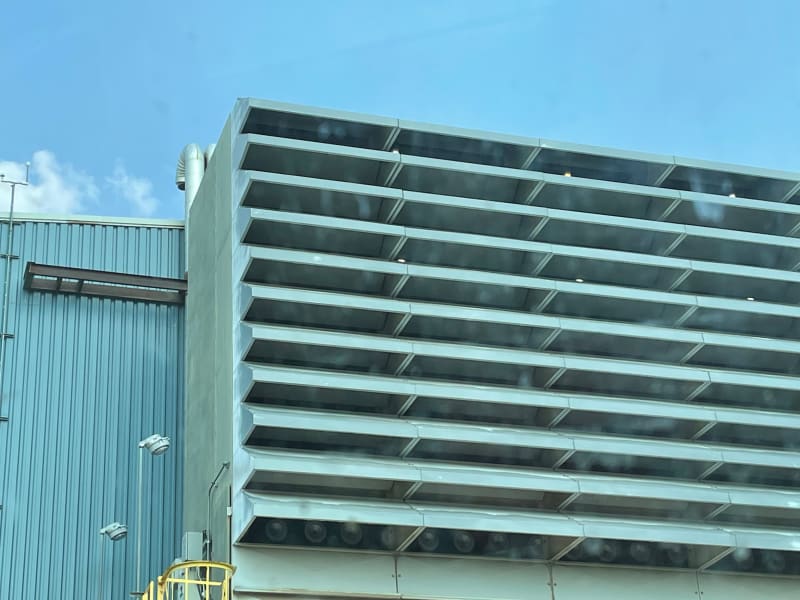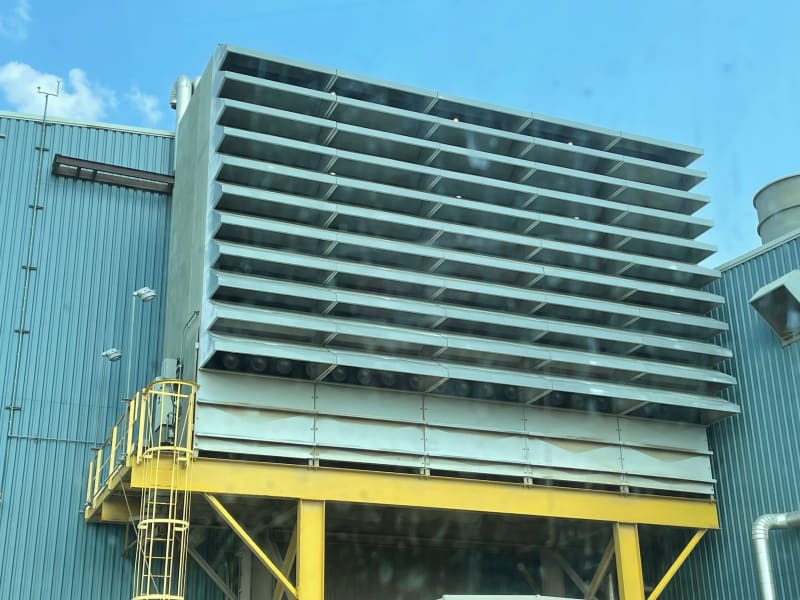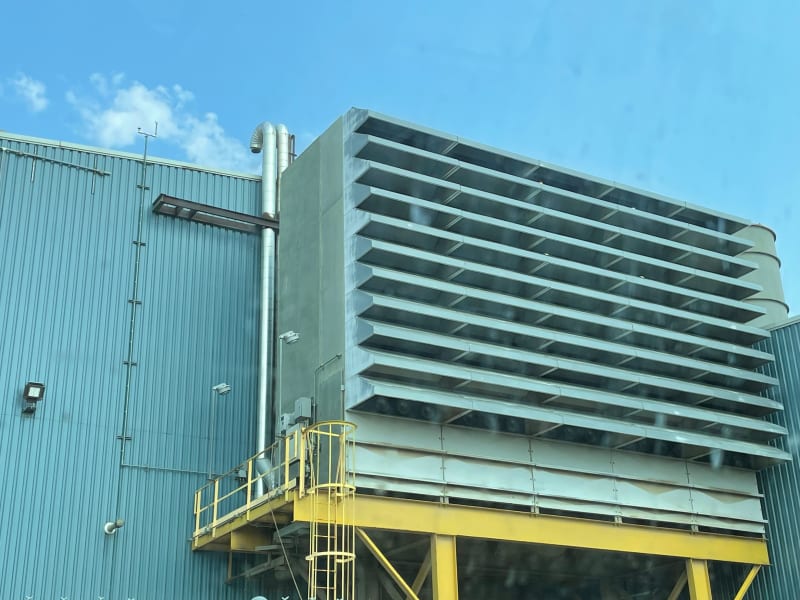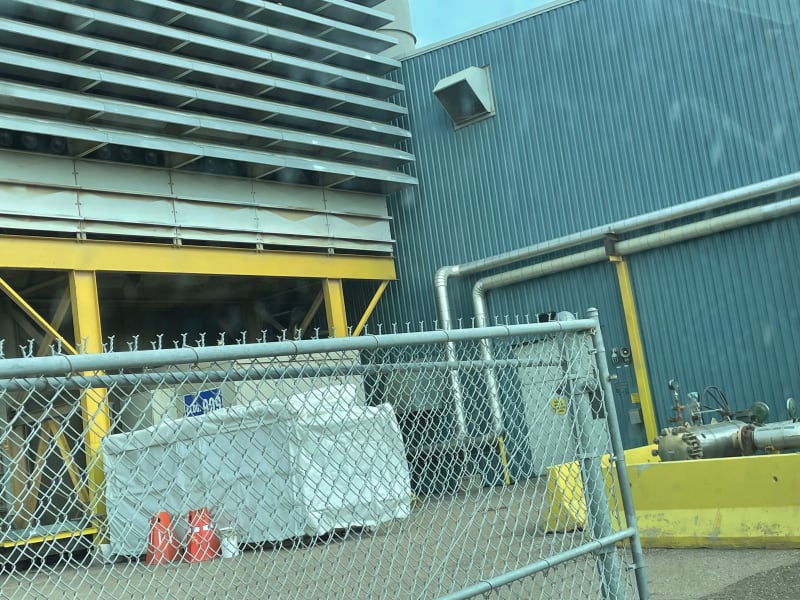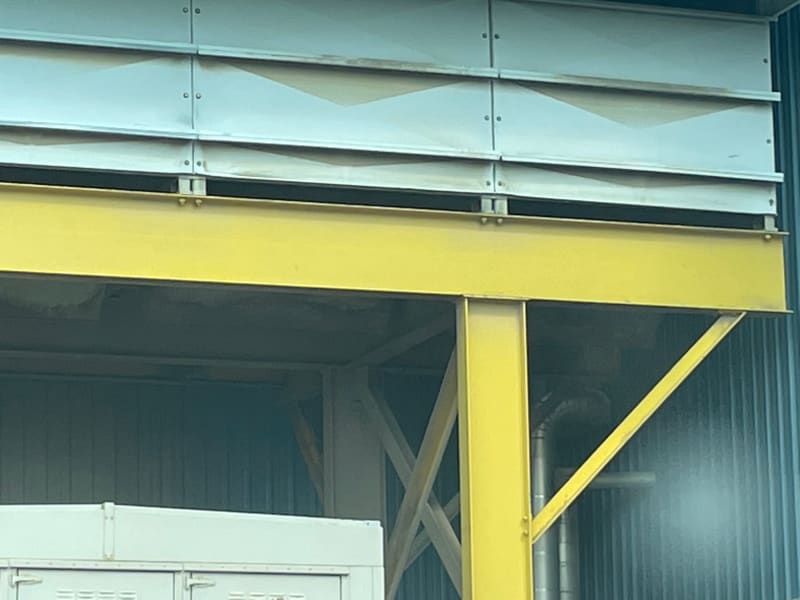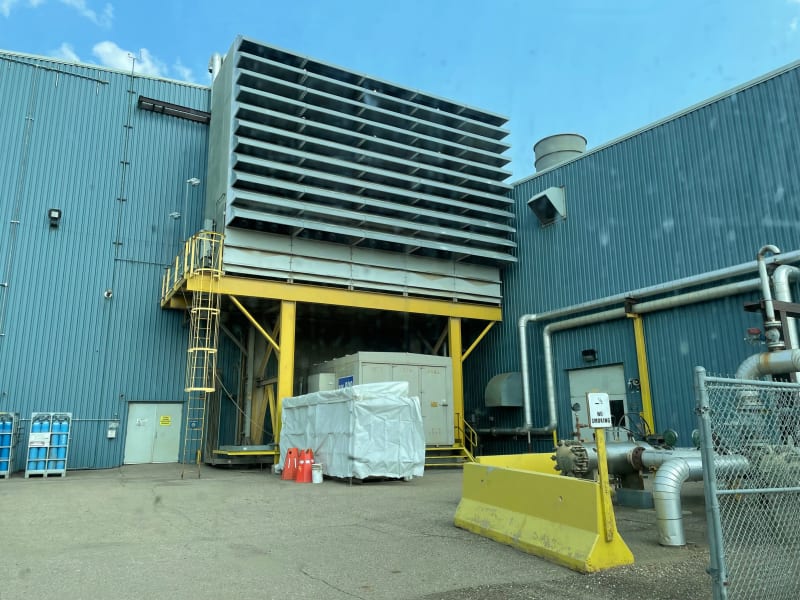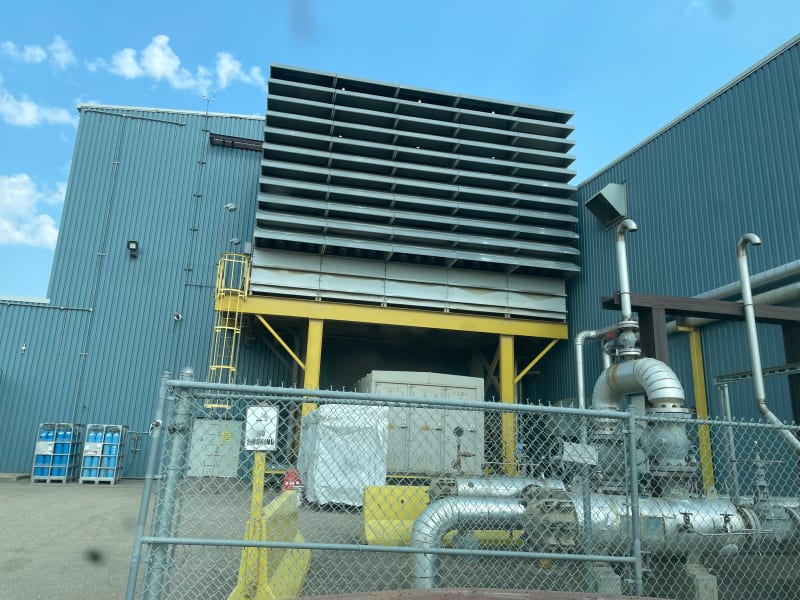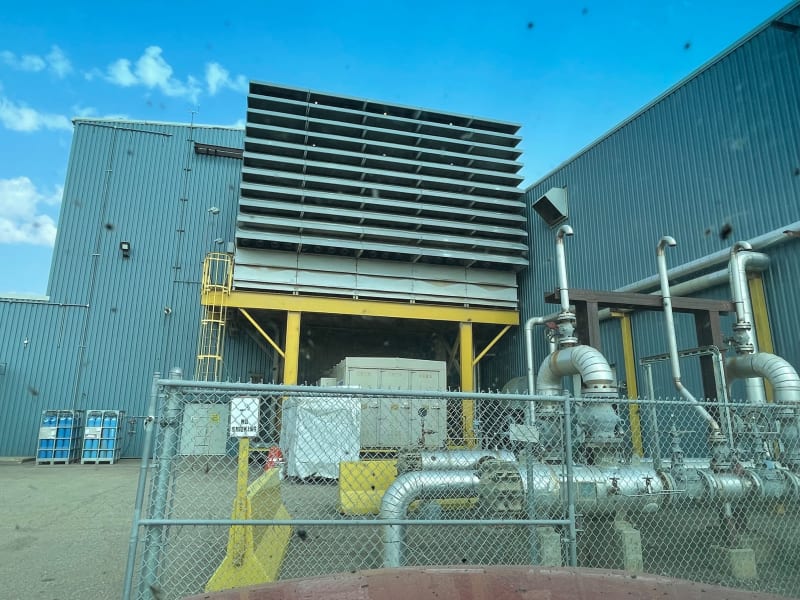notsocommonsense
Petroleum
Hi,
We have designed a 4" bi-directional discharge (tee with 45 bevels facing down with bird screens). The pipe extends 10 feet above a 40 foot roofline. There is a GTG air intake that starts another 10 feet below that. Our dispersion specialists have told us that this is adequate.
Couple of questions - WIth this arrangment, I don't think I need to worry about any serious moisture making it into this system. There is about 150 feet of pipe between the emergecy vent valve and the outlet. They wanted to put a weephole at the very bottom of this arrangment but there is about 80 feet of horizontal pipe and I just don't see it as being an issue as far as water goes. I am more concerned about the air intakes to the GTG (Gas turbine) but do I need to be concerned about that. I would think that 20 feet of vertical space should be enough, but will those 45 degree bevels cause a signifcant amount of gas to make it down that far before it scatters? The ends are facing sideways in both directions away from the intake.
Thanks in advance
If you haven't confirmed it with your own research, don't repeat it!
We have designed a 4" bi-directional discharge (tee with 45 bevels facing down with bird screens). The pipe extends 10 feet above a 40 foot roofline. There is a GTG air intake that starts another 10 feet below that. Our dispersion specialists have told us that this is adequate.
Couple of questions - WIth this arrangment, I don't think I need to worry about any serious moisture making it into this system. There is about 150 feet of pipe between the emergecy vent valve and the outlet. They wanted to put a weephole at the very bottom of this arrangment but there is about 80 feet of horizontal pipe and I just don't see it as being an issue as far as water goes. I am more concerned about the air intakes to the GTG (Gas turbine) but do I need to be concerned about that. I would think that 20 feet of vertical space should be enough, but will those 45 degree bevels cause a signifcant amount of gas to make it down that far before it scatters? The ends are facing sideways in both directions away from the intake.
Thanks in advance
If you haven't confirmed it with your own research, don't repeat it!

